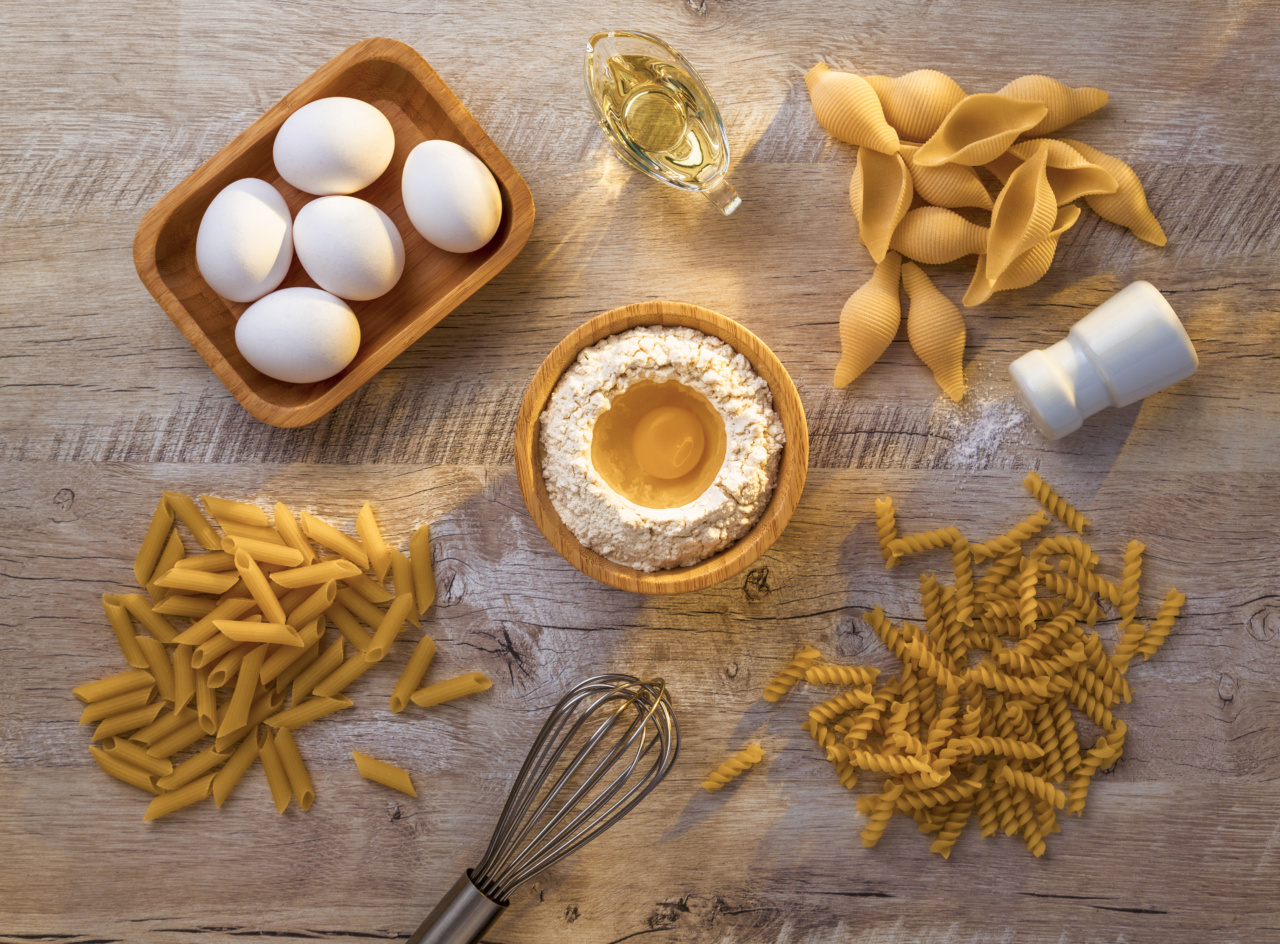Cooking is an art that requires precision and knowledge. Even the most experienced cooks can make mistakes that can lead to undesirable results, such as over-thickening of sauces and gravies.
Thickening occurs when the liquid in a sauce or gravy becomes too thick due to the presence of starch or gluten. Here are five common cooking mistakes that can cause thickening and ways to avoid them:.
1. Adding flour directly to a hot liquid
Many sauces and gravies are thickened with flour, which is a form of starch. However, adding flour directly to a hot liquid can cause it to clump and form lumps. To avoid this, mix the flour with cold water or stock before adding it to the hot liquid.
This will create a slurry that can be added to the sauce or gravy gradually, while whisking constantly, until the desired thickness is achieved.
2. Overcooking the thickening agent
Starches and gluten are commonly used as thickening agents in sauces and gravies. However, these agents have a limited ability to thicken, and excessive heat can break them down, causing the sauce to thin out or become lumpy.
To avoid overcooking the thickening agent, add it towards the end of cooking time and avoid boiling the sauce or gravy vigorously.
3. Not adding enough liquid
Many cooks try to thicken sauces and gravies by reducing the amount of liquid used. However, this technique can backfire if too much thickening agent is used, leading to a sauce that is too thick and gloopy.
The key is to use enough liquid to achieve a balanced ratio between the thickening agent and other ingredients.
4. Not allowing enough time for the sauce to thicken
Thickening agents require time to work their magic, and rushing the process can lead to a sauce that is either too thin or too thick. Allow the sauce to simmer on low heat for a sufficient amount of time for the thickening agent to work its magic.
This will also help to develop the flavors of the ingredients and create a better overall taste.
5. Using the wrong type of thickener
Not all thickeners are created equal, and using the wrong type of thickener can result in a sauce that is either too thin or too thick. For example, cornstarch is a good thickener for cold liquids, while flour works best for hot liquids.
Arrowroot and tapioca starch are good substitutes for cornstarch, while roux (a mixture of flour and fat) is an excellent thickener for creamy sauces.
Conclusion
Learning to avoid these five common cooking mistakes can help you achieve the perfect sauce or gravy – one that is neither too thin nor too thick, but just right.
By following these tips, you can ensure that your sauces and gravies are the perfect complement to any dish.































